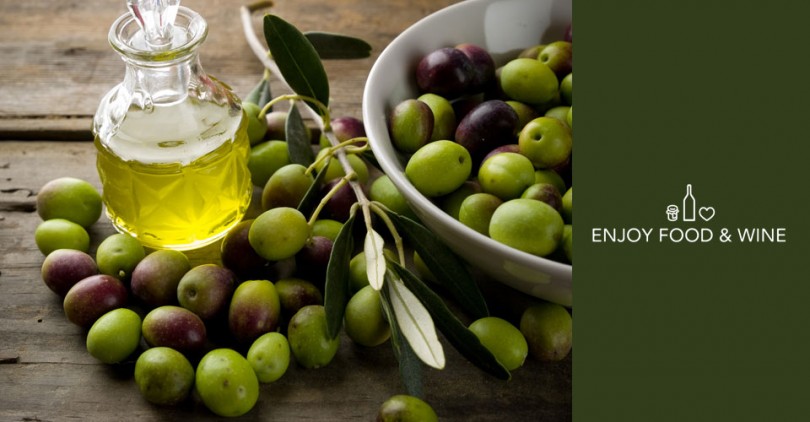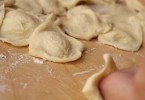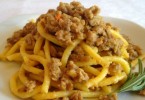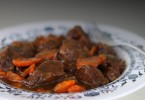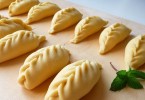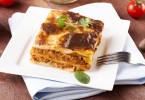Recognizing the quality of the food: why should we spend more for what we eat?
Jams, oil and wine, three foods that we can find in the typical Italian tables, why is it important to recognize the quality of the food.

This is a statement that will open your eyes wide, especially during this economic crisis: spend!!
Yes, because the aim of this article is to show that in the in the field of food & wine it is necessary to make the right choices that often need an important purchase in comparison with the products offered by the big retailers.
Why should I spend more for a craft product when I can have the same product at an industrial level and with a lower price?
The answer is simple; the price of the industrial food is paid with the health. Recognizing the quality is fundamental.
In the western world and in developing countries people are affected always more by the so called “wellness illness”: obesity, hypertension, cardiovascular problems, diabetes are just some of the problems tied to the modern lifestyle but, above all to our food choices.
Let’s think about what we experience each single time we enter a big supermarket. Charming colours, funny pictures of man and women smiling, captivating sentences that talk about the benefits of the products for sale: all this is part of the clever packaging of the products.
Thus, why these products that should have a high quality, besides being beautiful are also cheap?
Simple, the answer is in the label that can explain in a clear way that it isn’t a quality product.
Let’s do a rapid comparison at an industrial and craft level on the content of a product that is often situated on our tables: jam.
Recognizing the quality of the food: industrial jam
Analysing the extra jams (that in compliance with the law has to have at least the 45% of fruit) we can find:
- Price: 6 – 8 €/kg
- Fruit: from 45g to 60g for 100g of product
- Sugar: more than 60g per 100g of product
- Glucose syrup
- Pectin
- Citric acid
- Ascorbic acid (preserving)
- Sometimes food colouring
- Unknown origin of the fruit (for sure where it costs less)
Craft jam
- Price 14 – 18 €/kg
- Fruit: from 90g to 140 g per 100 gr of product
- Sugar: 50g for 100 gr of product (depending on the fruit)
- Acidity regulator: lemon
- Origin of the fruit: local
We don’t need an expert to understand the difference of quality between the two products.
Do we convince you to spend a little more?
If you are not convinced, let’s analyse now one of the most important product: olive oil.
Recognizing the quality of the food: industrial oil

- Price: 3 – 6 €/kg
- Origin: not only Italian. Often in fact we can find the sentence “mix of community olive oil” for the products coming from the countries of the European Union or “mix of non community olive oil”, when the raw material comes from other countries like Tunisia or Morocco.
- Raw material: usually olive trees are used with a high final return but with a lower quality and a wrong cleanness of the olives. Sometimes, to raise the quantity of the raw material they use also the grapes picked on the ground that naturally compromise the quality of the final product.
A recent investigation of the ARPAM (Agenzia Regionale per la Protezione Ambientale delle Marche – Regional agency for the Environmental protection of Marche) shows that around 4 out of 10 bottles of extra virgin olive oil bought in the supermarket have some pesticides inside, among which the Dicofol, a derivative of the DDT.
Not enough, often the products of the supermarket are treated in order to remove the bad smells (deodorized oil) to hide the low quality of the raw materials.
Another important data that can make us think about what we are buying is that Italy is the first importer, at a world level, but at the same time, is also the second world producer of olive oil after Spain, according to the data od Coldiretti. Our country exports 345 millions of litres of oil (according to the data of 2013) and imports 445 millions of litres.
A question rises naturally, what is the oil that we import used for?
Quality oil (extra virgin olive oil)
- Price 12 – 15 €/litre
- Origin: Italian
- Raw material: high quality raw material and producing process that take into account the degree of ripening of the olives, picking system, time between the picking and the treatment (at most 48 hours), the stocking method of the olives in the so-called “olivaio”, the system of pressing, the filtering, the system of preservation and packaging of the final product.
In the case of high quality oil, the production will take place through mechanical pressing, without the use of chemical solvent and without particular intermediate passages or long waiting times.
For the high quality oils, they use cold pressure. It is a mechanical pressing defined by the European parameters and that do not foresees the raising of the temperature of the olives during the production. In this way the production will decrease in quantitative terms, leaving room to the quality of the oil.
Italian wine

Let’s conclude now with the most interesting product: Italian wine
It is impossible to compare the wine of a great industrial producer and a small-medium producer. In fact, there can be big producers that care of their high quality products, but also small-medium producers that have poor quality wines because of human mistakes, a wineries that lack of the last technologies, small analytics products or few workers.
Recognizing the quality of the food, what to consider when you choose the wine
- Price: less than 4€ per bottle
As for example:
A bottle of Chianti Classico DOCG has a medium cost of production of 5€: a minimum price of 3,8€ and a maximum of 10€. If we add to the 3,8€ the cost of the wire hood, the stopper, the label, the bottle, the income of the winery, the price increase of the sales person, we immediately reach a minimum of 7/8€.
What is there inside the bottles of Chianti sold at the supermarket at 2,50€?
- Origin: rely on the suggestions of the experts, but above all knowing the wineries and the origin of the raw material.
How to know the wineries?
Easy! Visit them personally, if you can and then continue to follow our blog where you can find lots of useful information to choose the most suitable product for you.

